- Antipasti
- Bella Italia
- Dessert
- Drinks
- Favorite Italian recipes
- Main courses
- Pasta
- Pizza
- Side dishes and salad
- Tips & Knowledge
Ciabatta recipe like in Italy
Ciabatta is an Italian white bread that is known worldwide for its crispy crust and porous, airy crumb. It originates from the Veneto region in north-eastern Italy and was invented in the 1980s by baker Arnaldo Cavallari. The name "ciabatta", which means "slipper" in Italian, refers to the flat, wide shape of the bread, which is reminiscent of a shoe.
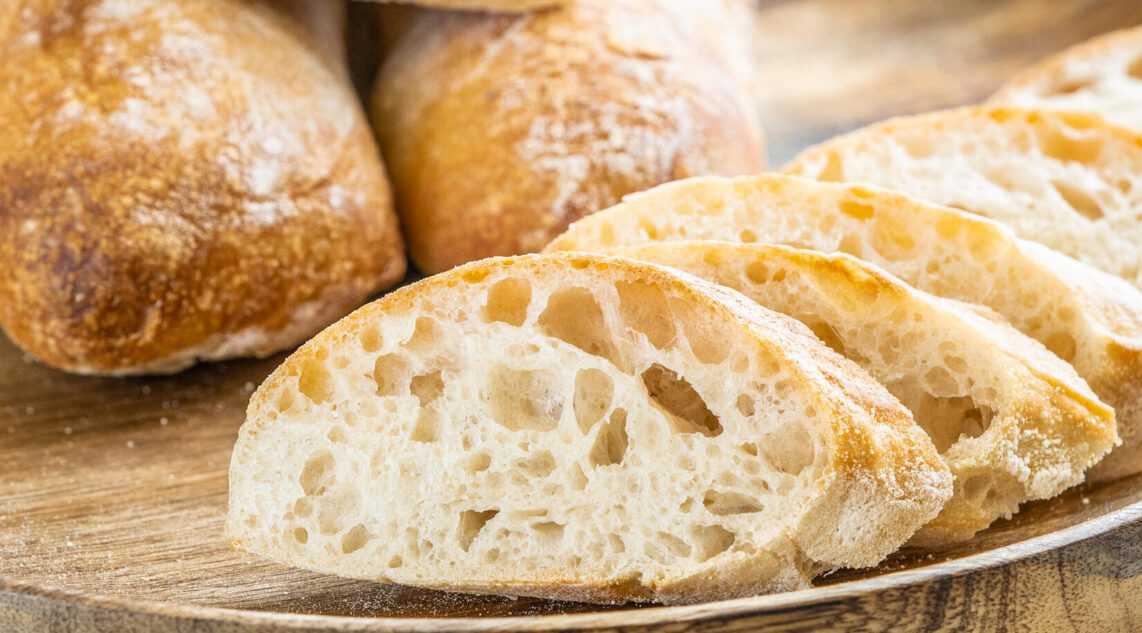
Schritt für Schritt durch´s Rezept
- Step 1Mix the water, salt and yeast, making sure that all the ingredients have dissolved.
- Step 2Only now add the oil to the water.
- Step 3Slowly work the flour into the water (not all at once).
- Step 4Knead the resulting dough for 10-15 minutes, which is tiring but very important for the final result.
- Step 5Leave the dough to ferment at room temperature for 23 hours (proofing). Pull and fold the dough every 4-8 hours. (The more regularly and carefully you do this, the better the result will be).
- Step 6After 23 hours, the dough should be nice and elastic and shiny. Now shape it into 3 long ciabatta loaves. Carefully place the loaves on baking paper and leave to rise for a final hour (piece proofing). A little flour and semolina will help you work the dough, but don’t use too much!
- Step 7Preheat the oven, including the baking tray, to 250°C top/bottom heat for approx. 30 minutes.
- Step 8Then carefully pull the baking paper with the loaves onto the hot baking tray and place in the oven. At the same time, pour a cup of 100 ml water onto the bottom of the oven. This ensures a nice crust.
- Step 9The ciabatta breads are ready after approx. 30 minutes.
Dough, flour and hydration
The special thing about ciabatta is its high hydration, which means that a high proportion of water is used in relation to the flour. This results in a particularly moist dough, which produces an open, coarse crumb and a very crispy crust when the bread is baked.
Tipo 00 flour, a finely ground Italian wheat flour, is particularly suitable for making ciabatta for several reasons. The fine grain size of the flour makes it possible to create a smooth, almost silky dough that is easy to work with despite its high water absorption. This consistency is crucial for achieving the typical airy and porous crumb of ciabatta bread.
The protein content of Tipo 00 flour forms a strong gluten network. This is essential for the elastic structure of the bread, as the gluten helps to trap gases during the fermentation process. This property contributes significantly to the typical texture of ciabatta.
Tipo 00 flour is also characterized by its good ability to absorb water. This property helps to produce the moist dough that is necessary for the characteristic texture of ciabatta.
5 tips for baking ciabatta
There are some important points that go beyond simply following a recipe. Here’s a bit of baking know-how you should follow if you want your ciabatta to turn out really well.
- Be gentle: Due to the high hydration, it is important to handle the dough gently. Too much kneading or hard handling of the dough can destroy the gas bubbles that are responsible for the airy texture of the bread.
- Long fermentation and folding: The bread benefits from a long fermentation period, often with several folds (instead of intensive kneading) during the first fermentation phase. This helps to develop the structure of the dough without destroying the gas bubbles.
- Make steam: When baking, it is helpful to generate steam in the oven, for example by throwing a few ice cubes on the bottom of the oven or placing a steam-generating container in the oven. Steam helps the crust to develop without drying out too quickly.
- High baking temperature: Bread is usually baked at a high temperature to create a crispy crust. A preheated oven is therefore essential. If you have one, use a pizza stone.
- Patience when cooling: After baking, it should be allowed to cool completely before slicing. The bread will continue to cook as it cools, and cutting it too early can result in the crumb still being sticky or not fully developed.
How to enjoy ciabatta like in Italy
Ciabatta is often used as a base for sandwiches and crostini or as an accompaniment to various dishes, especially soups and salads. It is also ideal as an antipasto. Simply serve with a drizzle of olive oil or balsamic vinegar. Add a little fior di sale. Done.
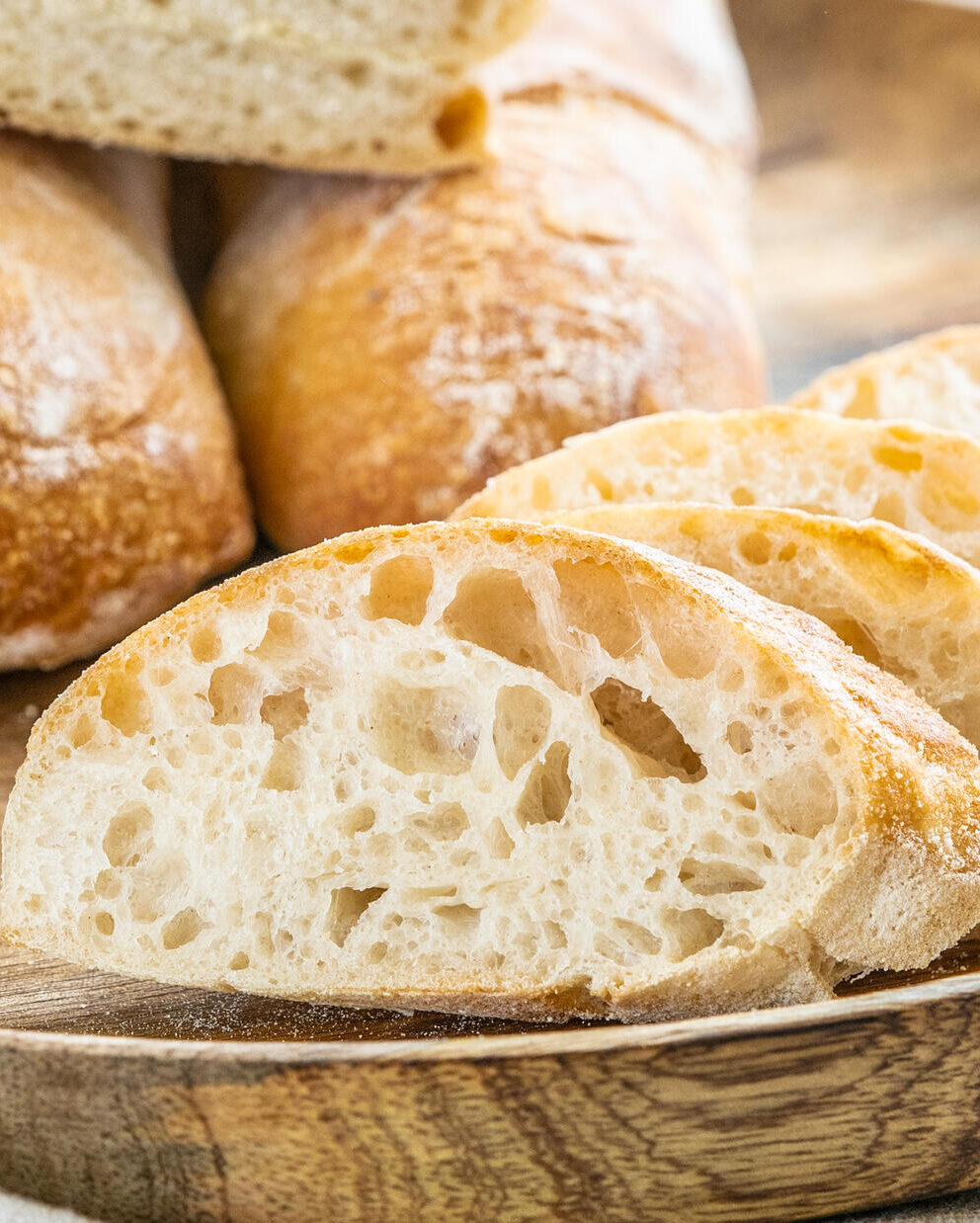
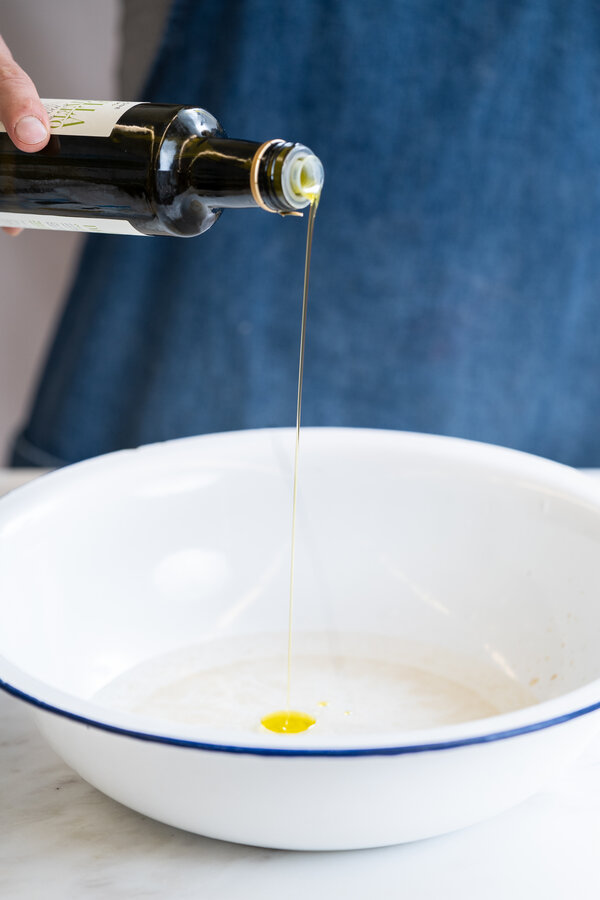
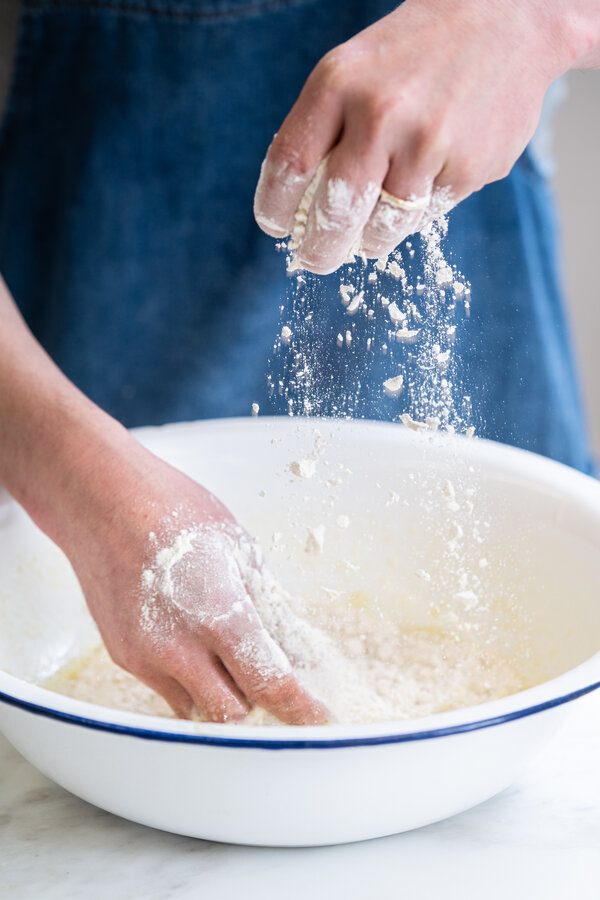
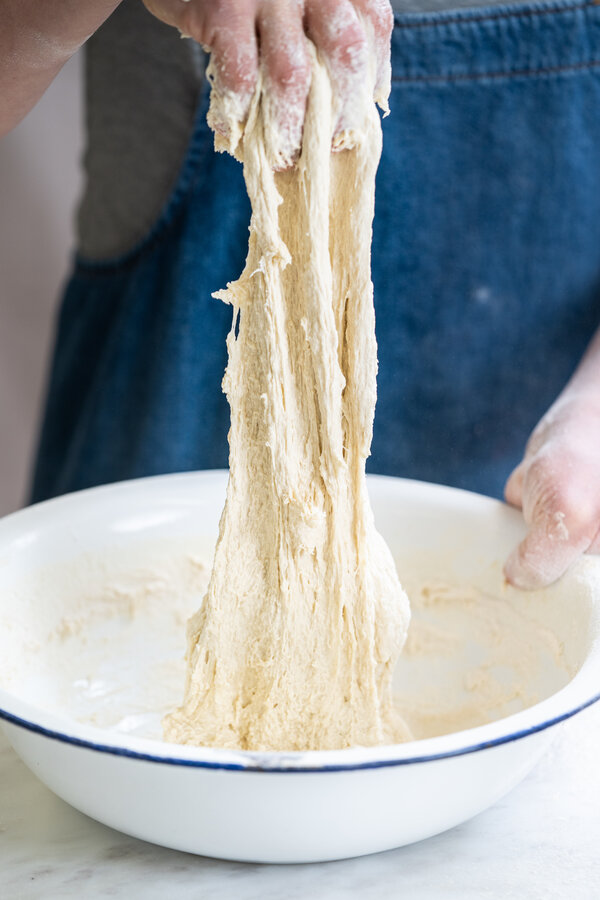
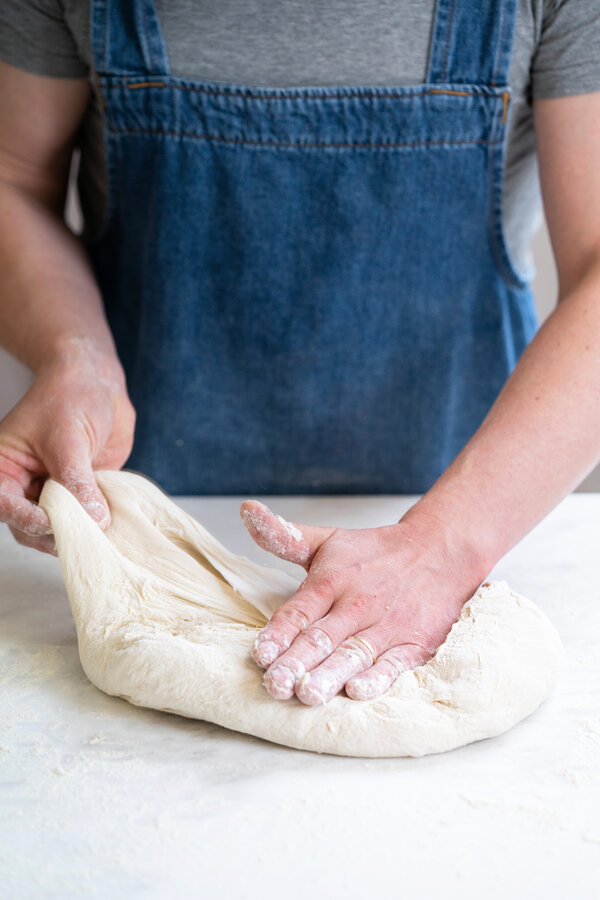
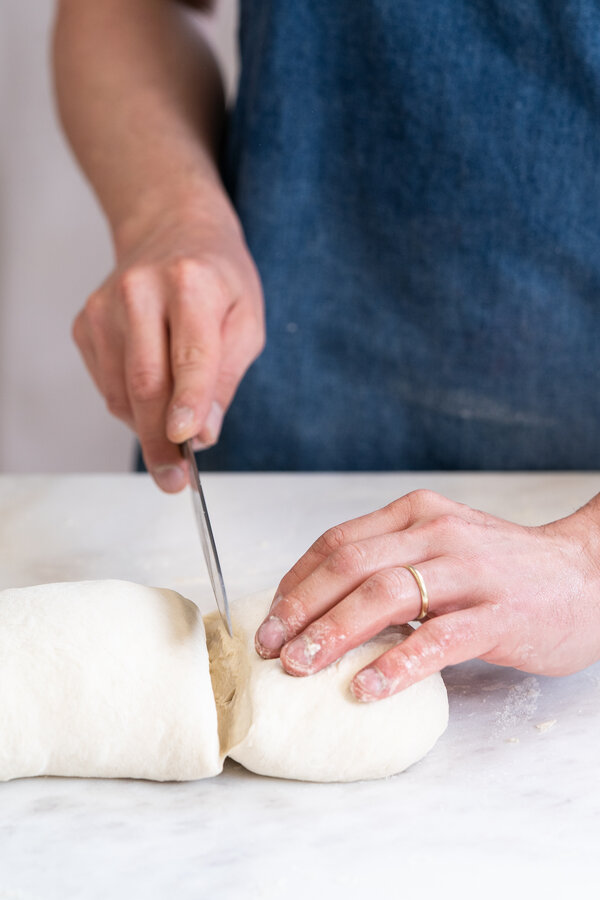
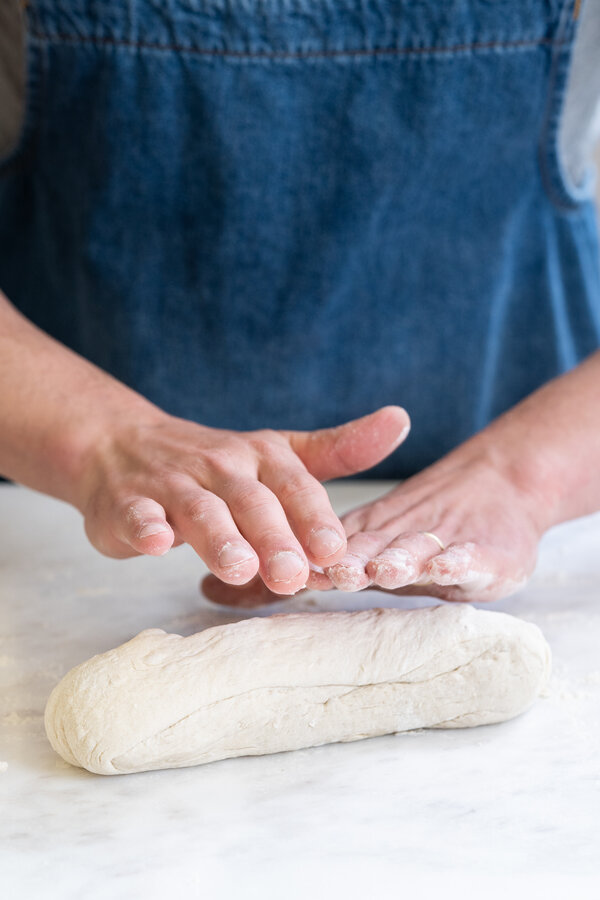
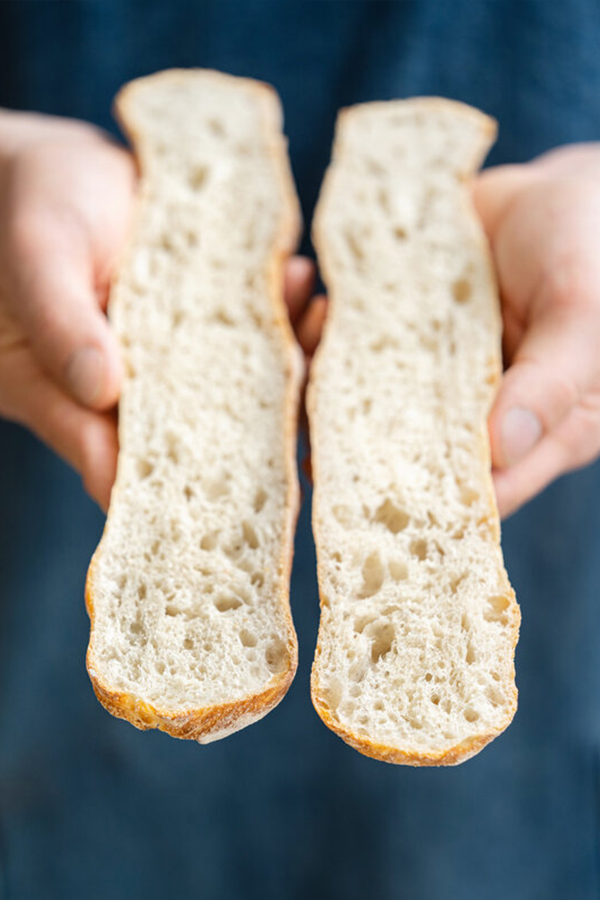
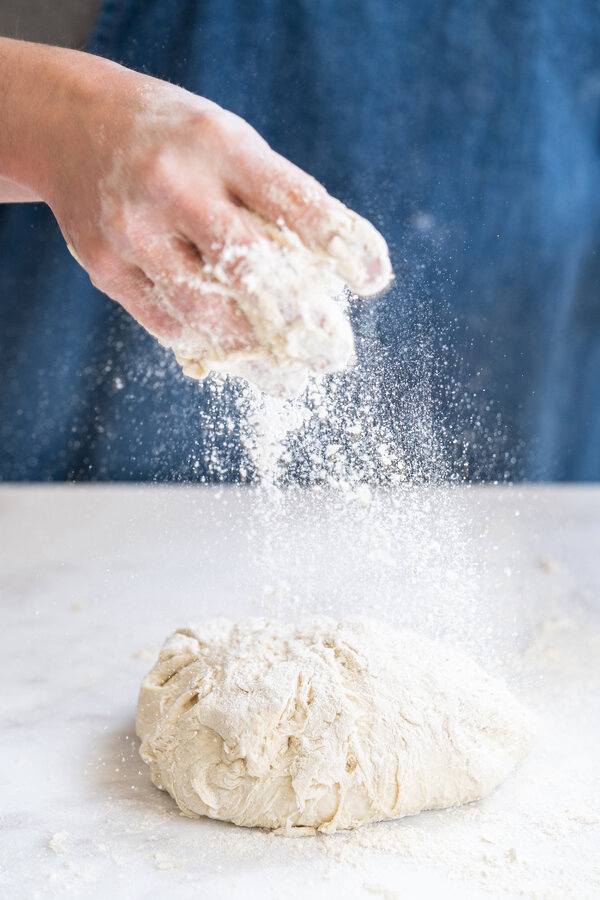
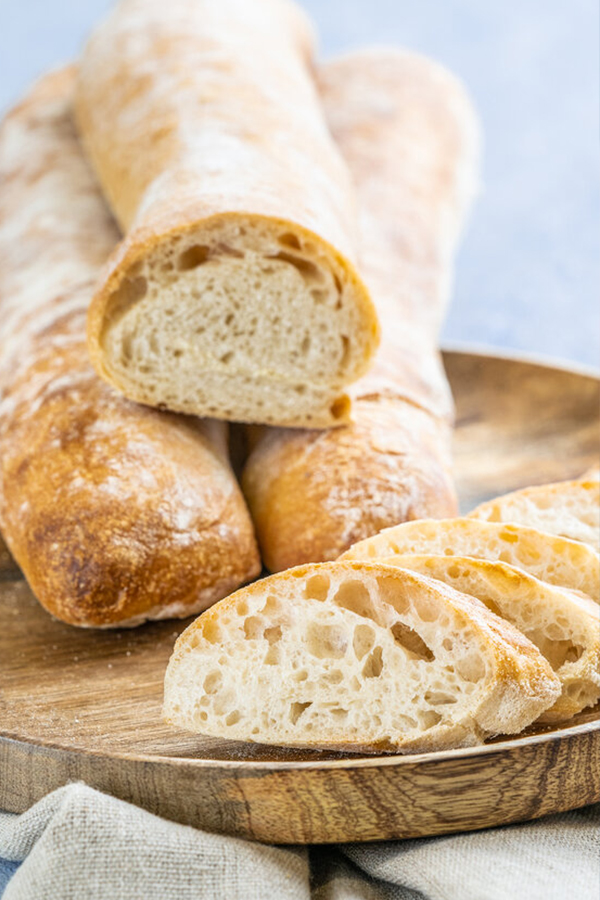
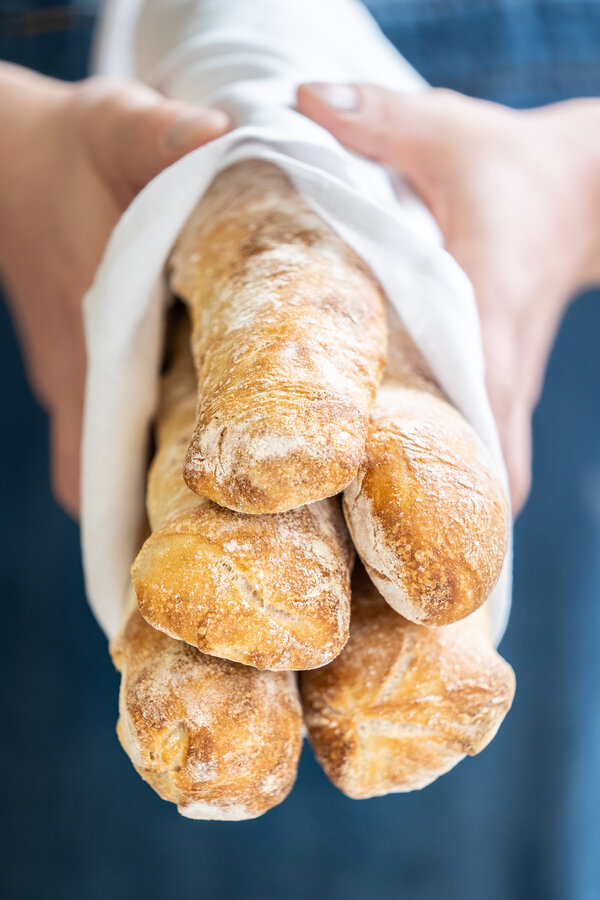
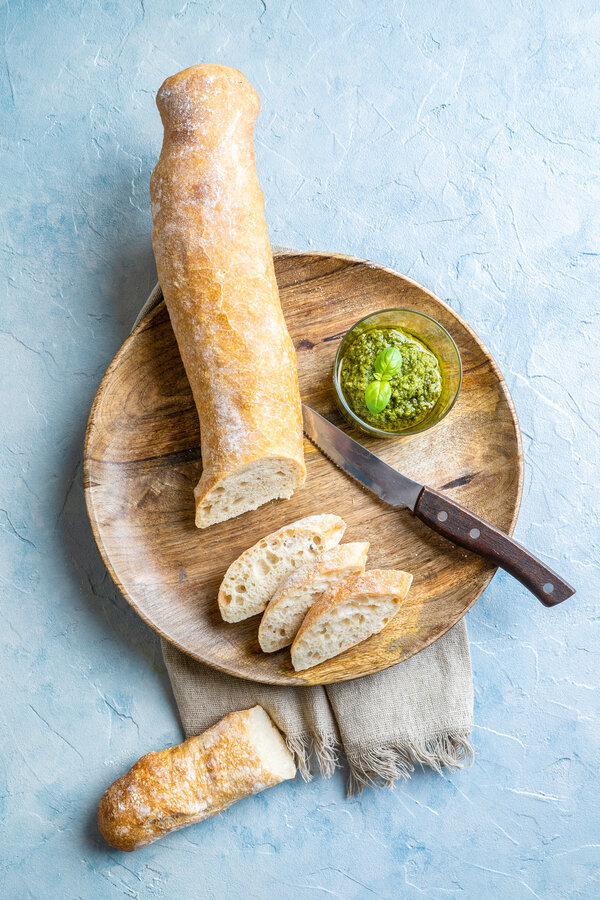
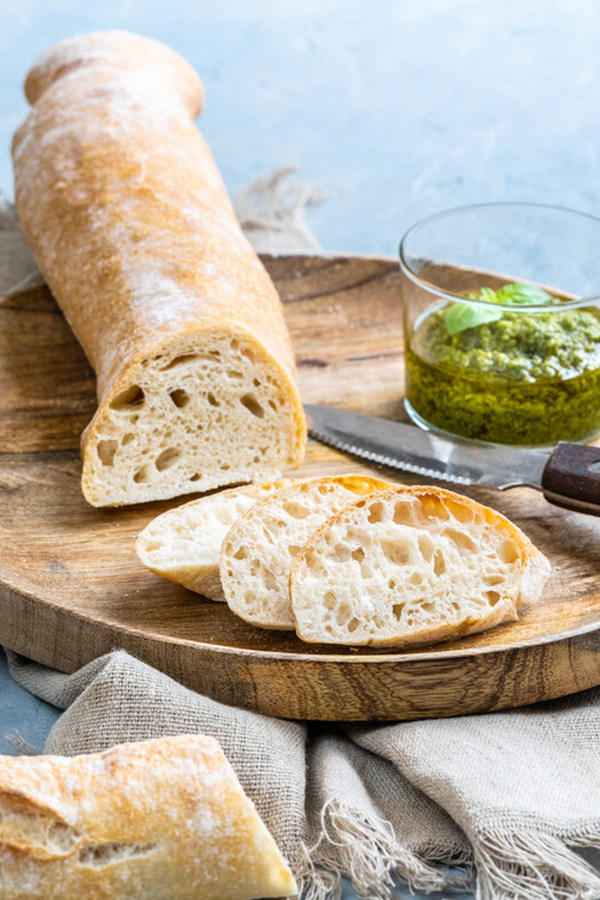

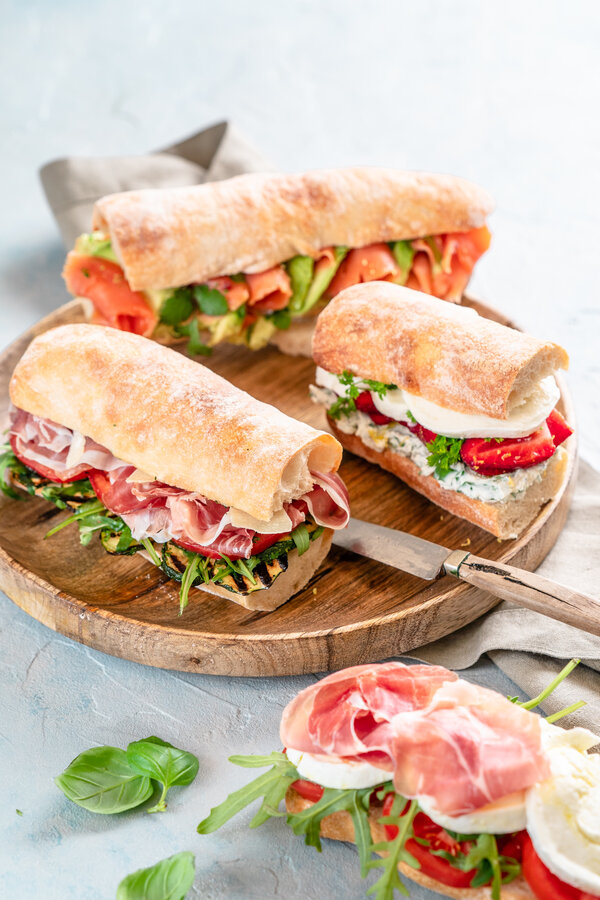
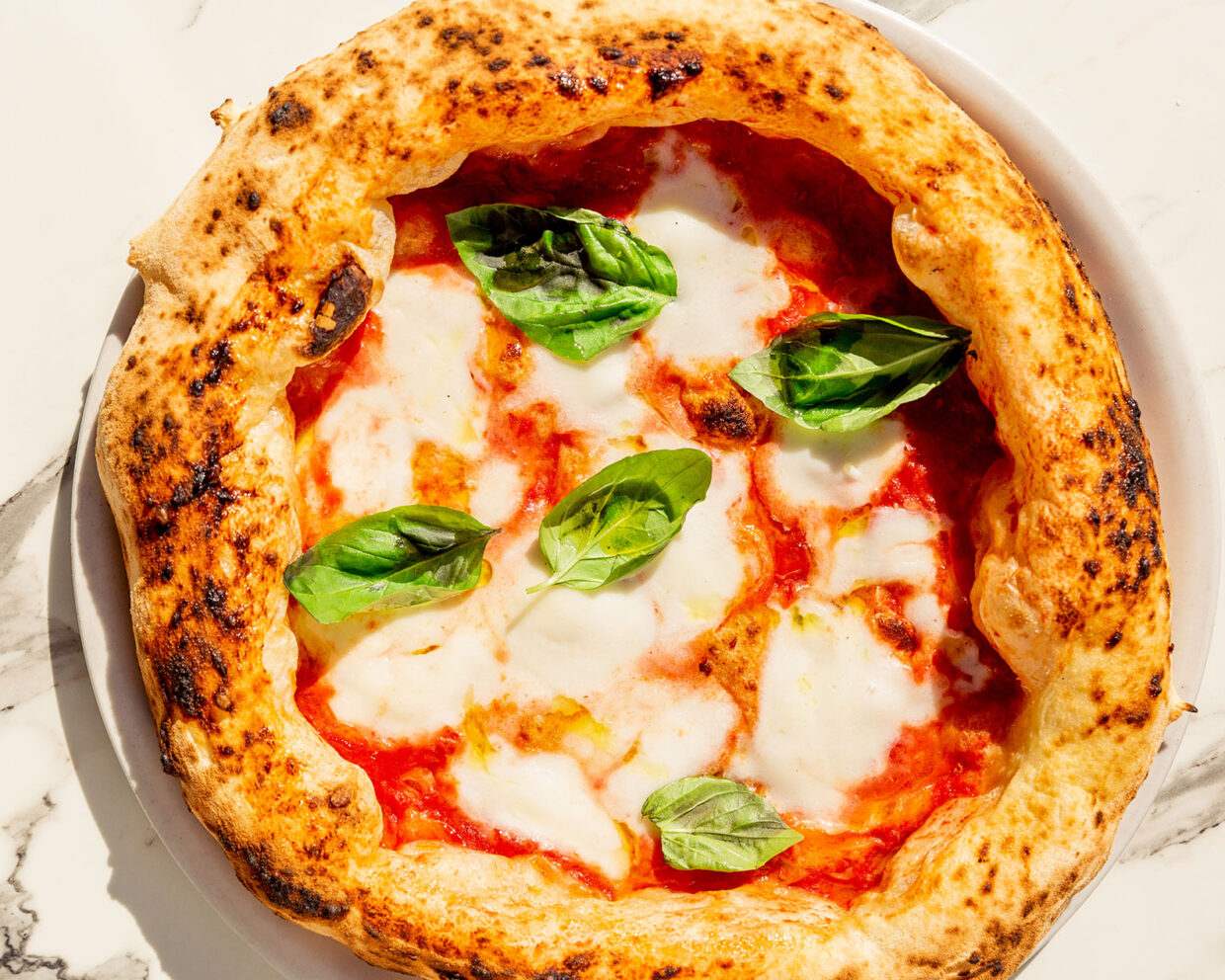
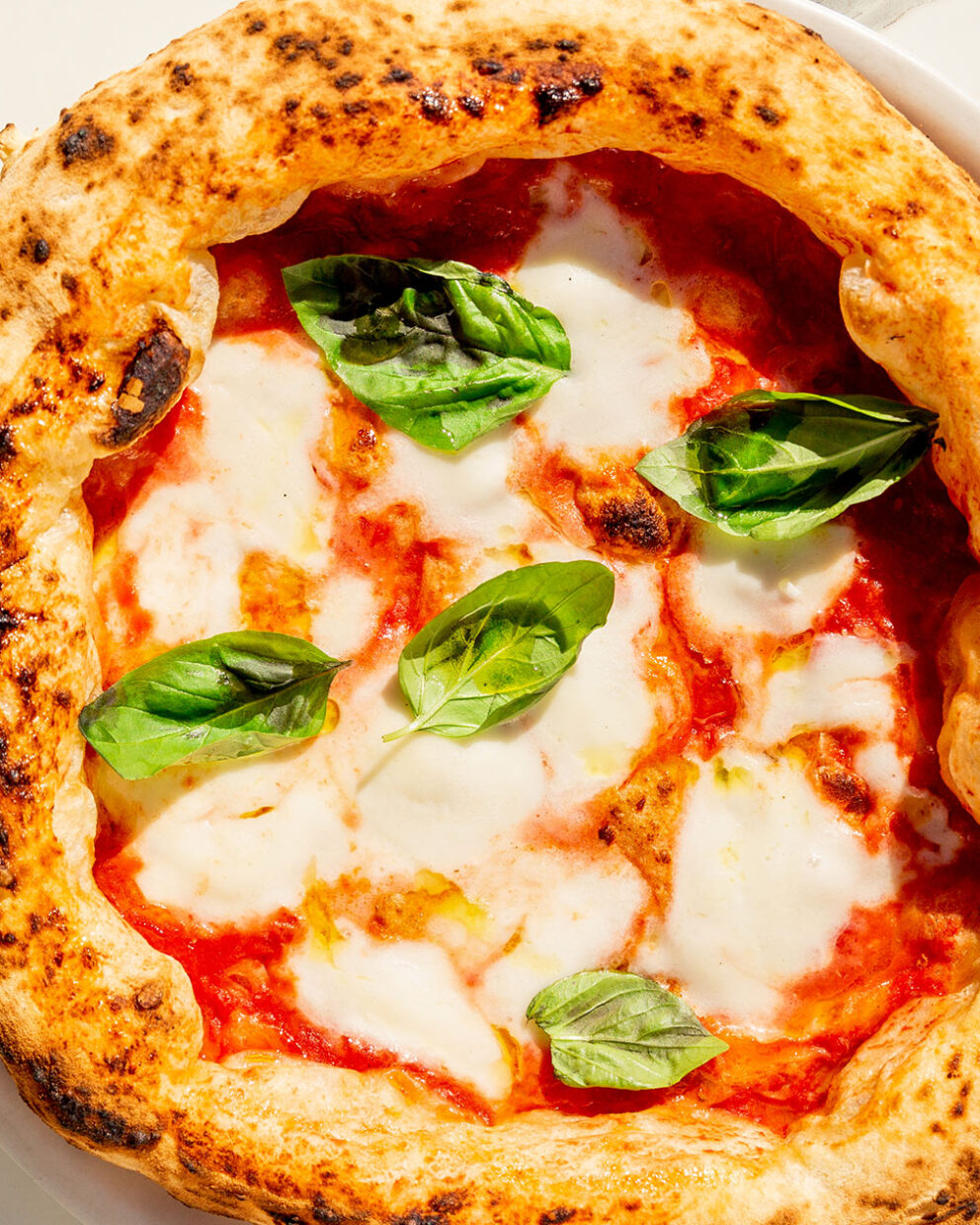
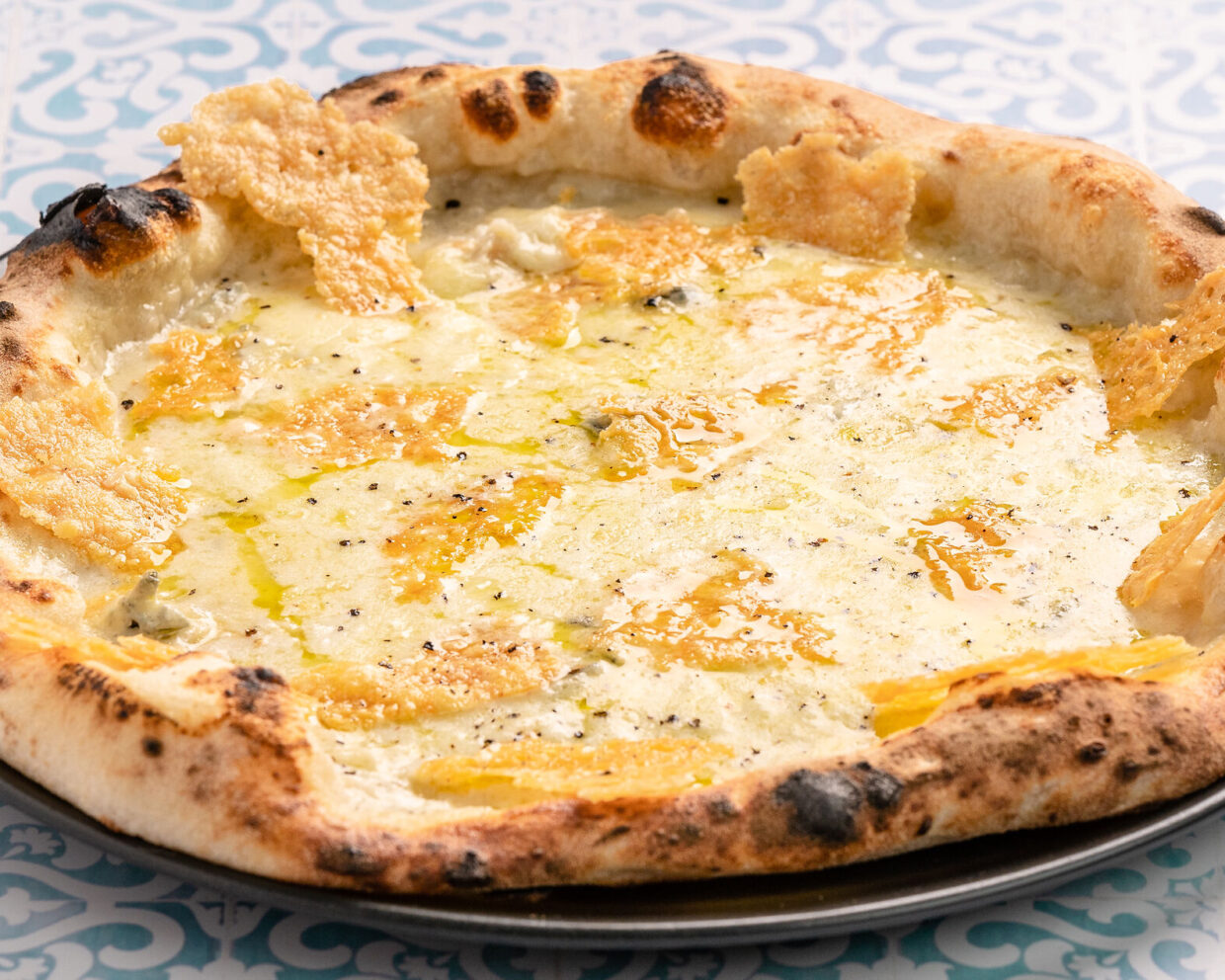
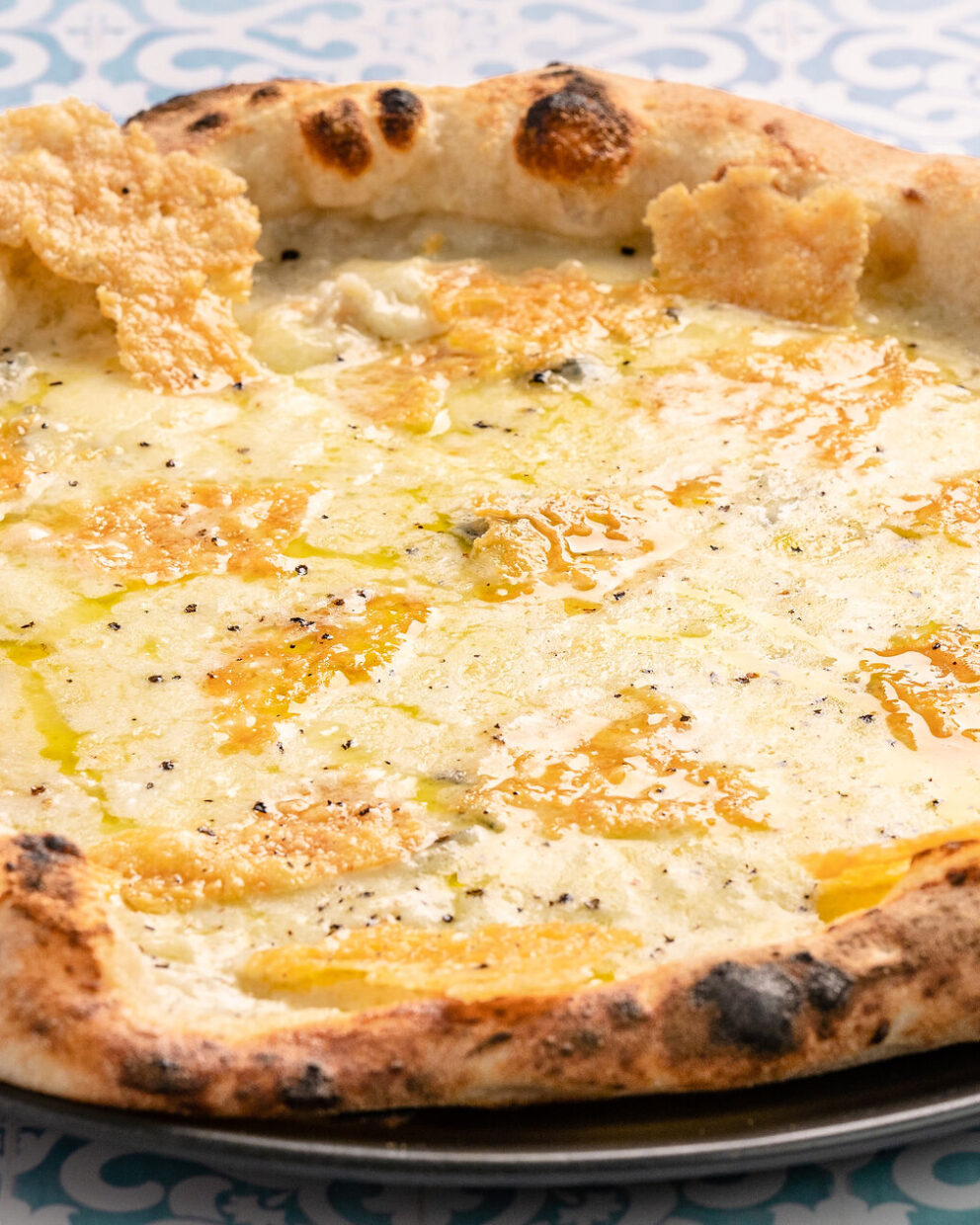
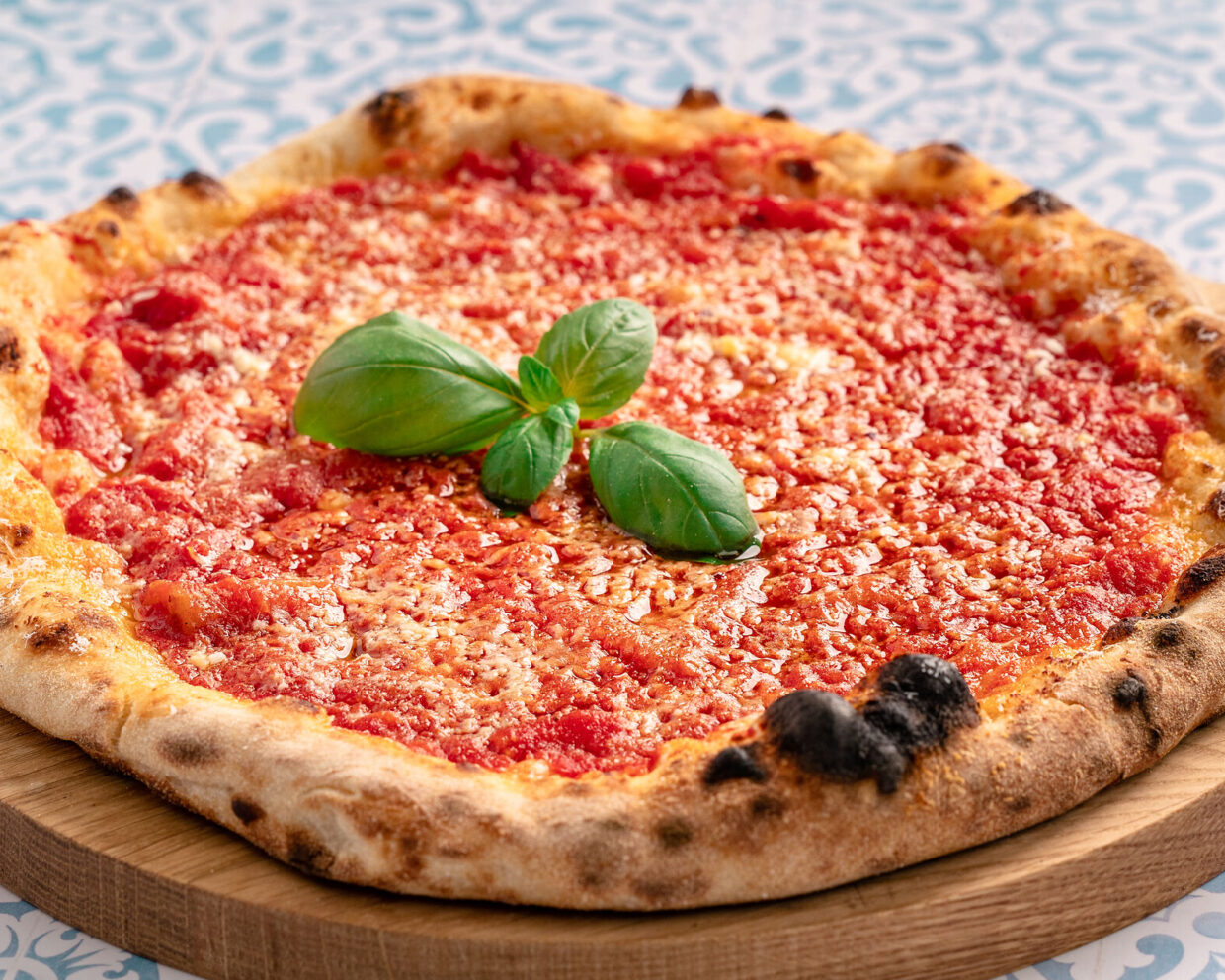

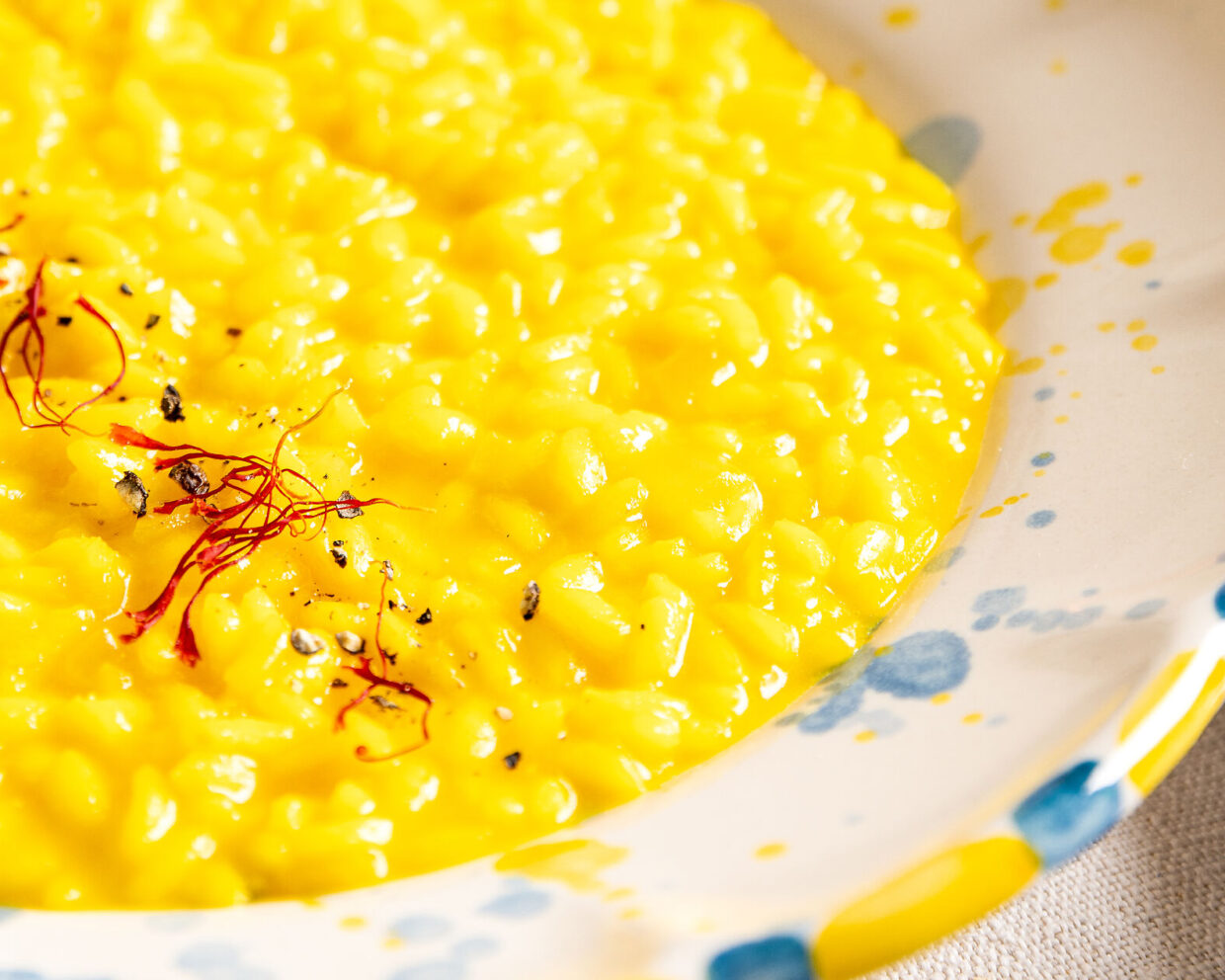
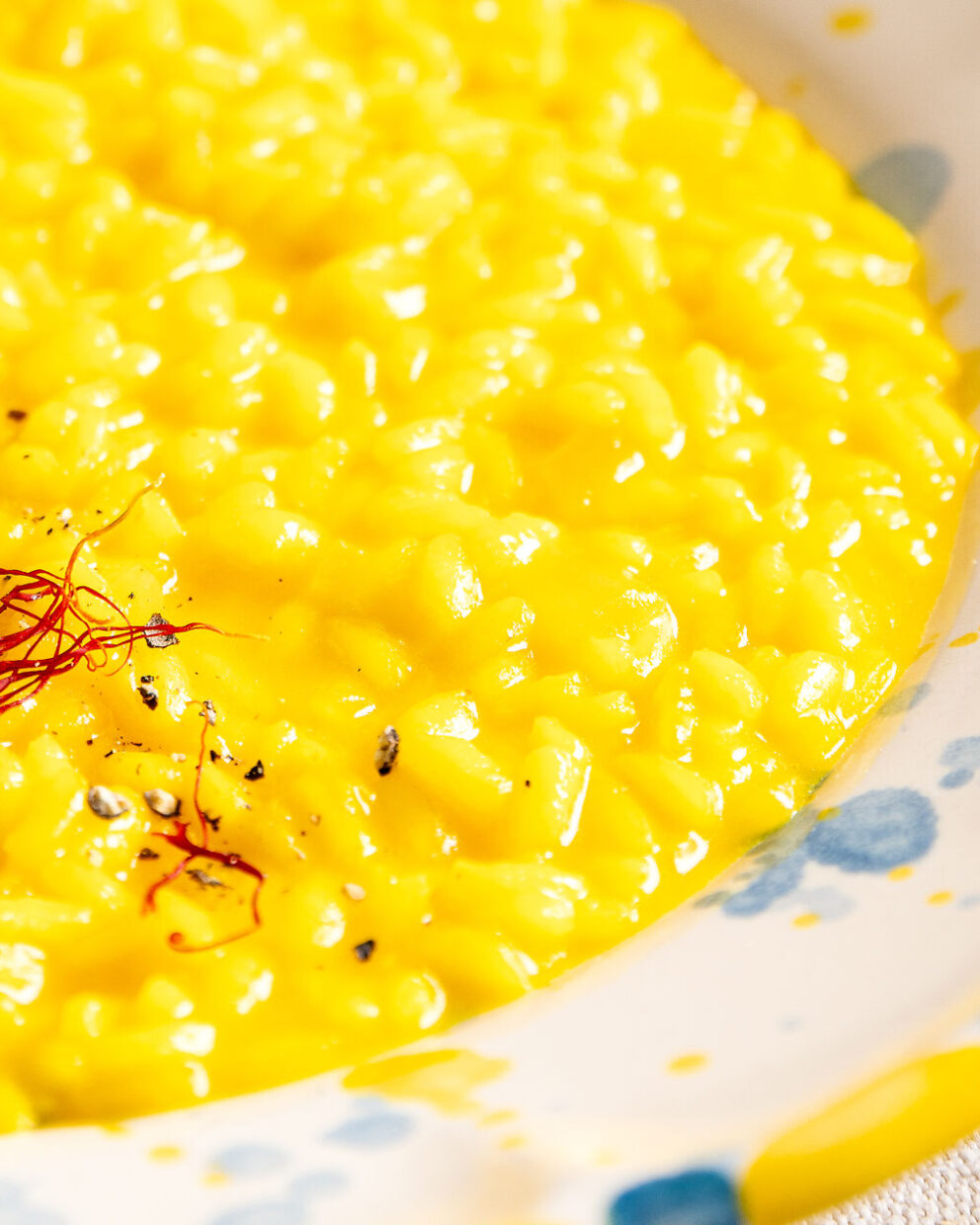
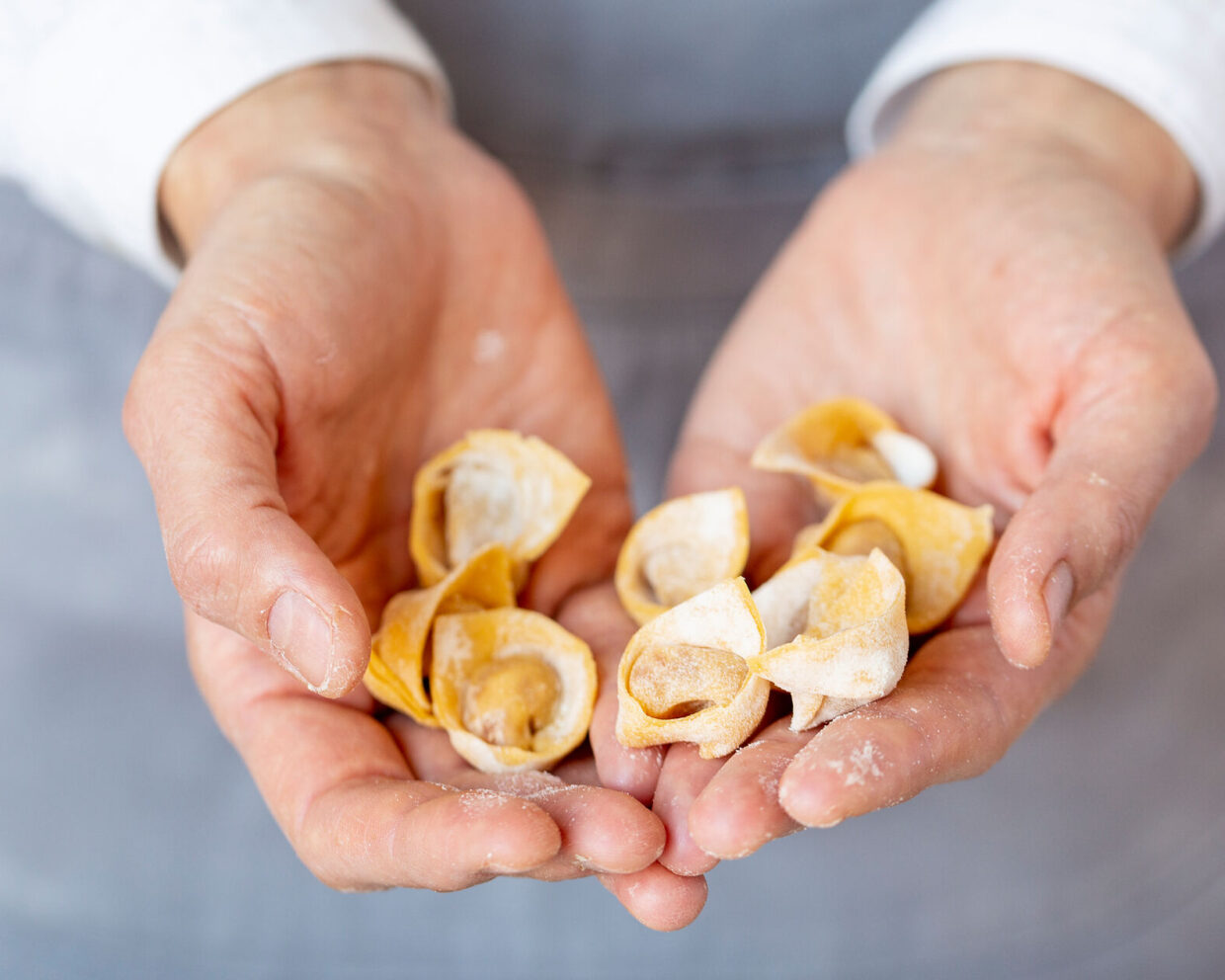
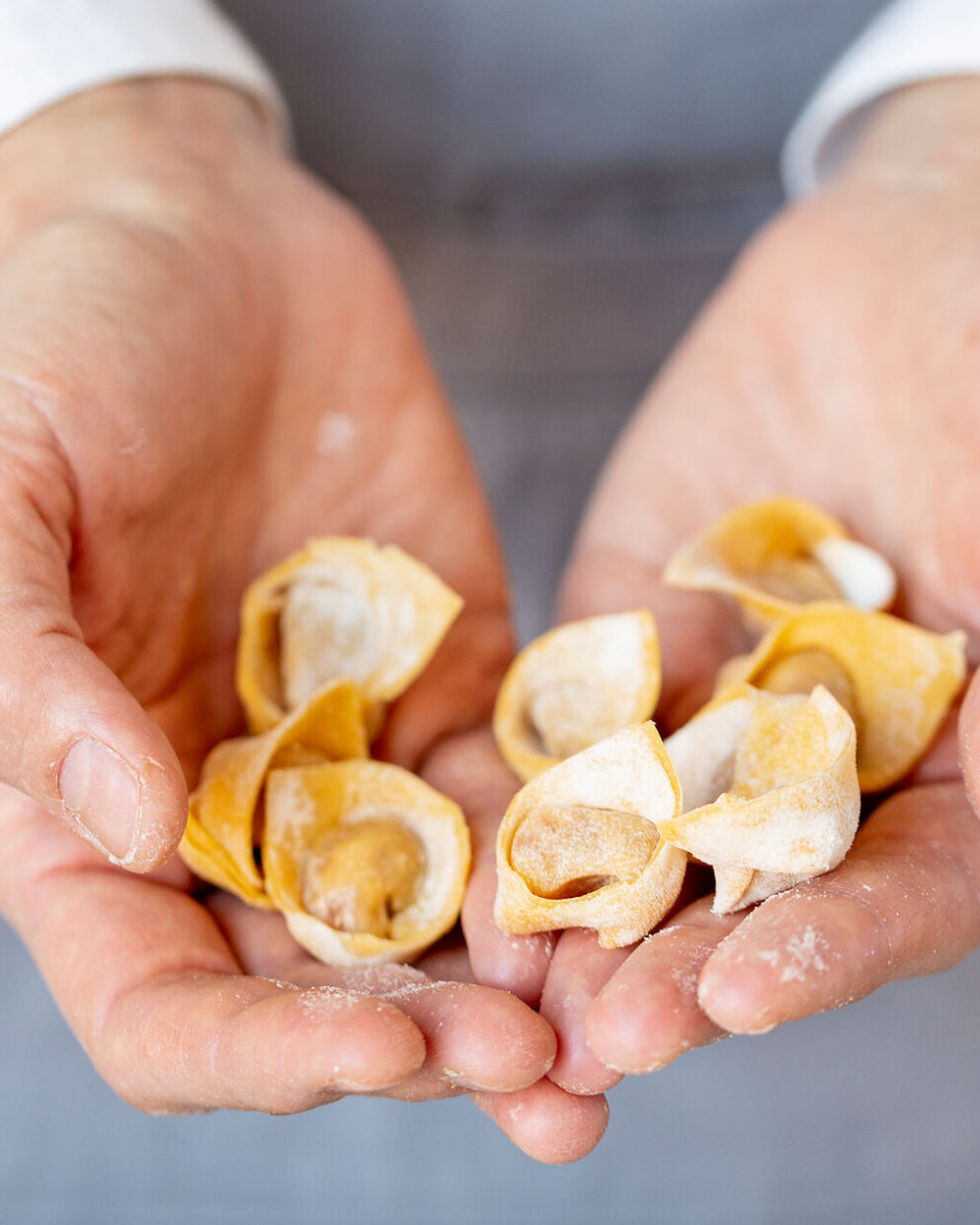
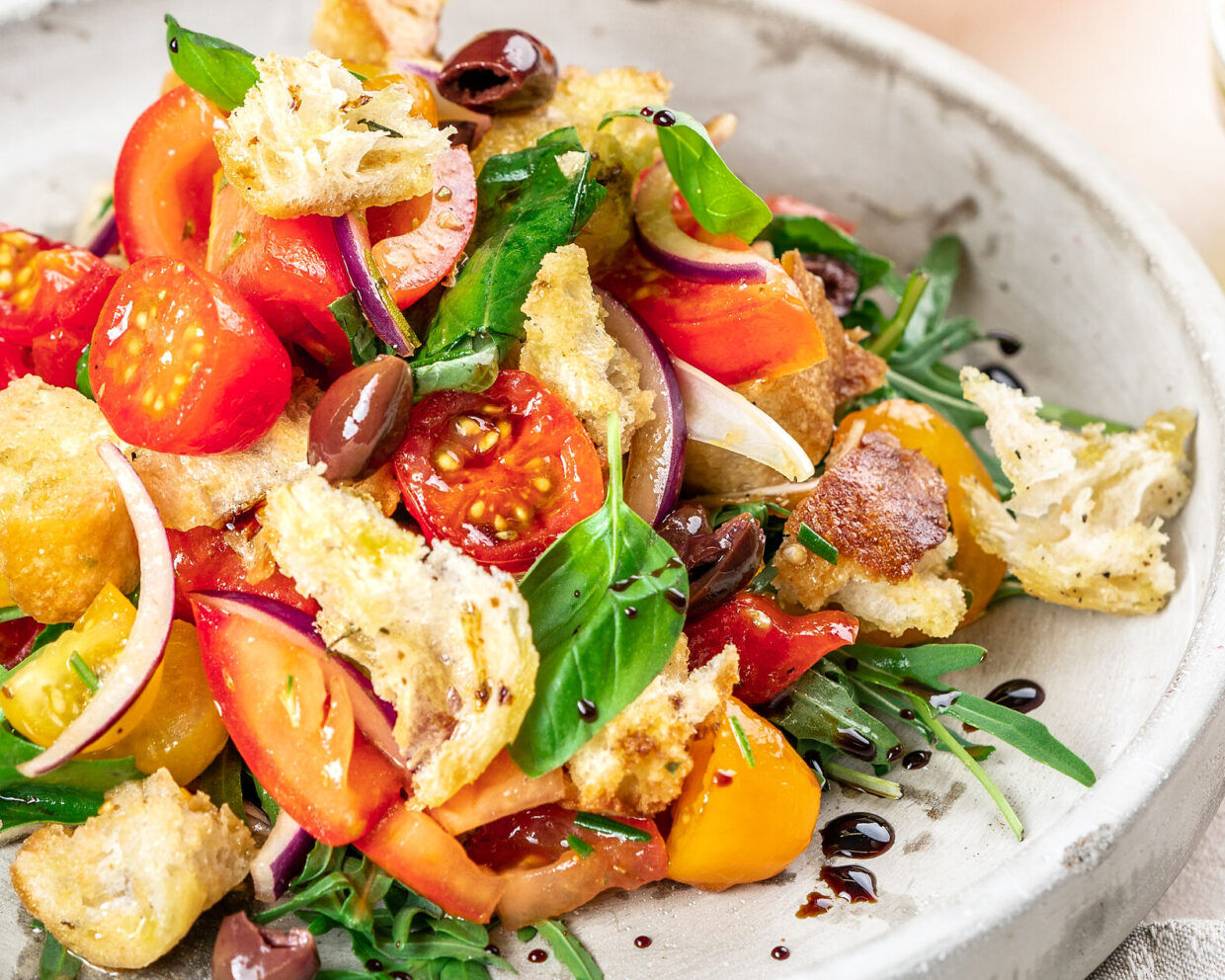
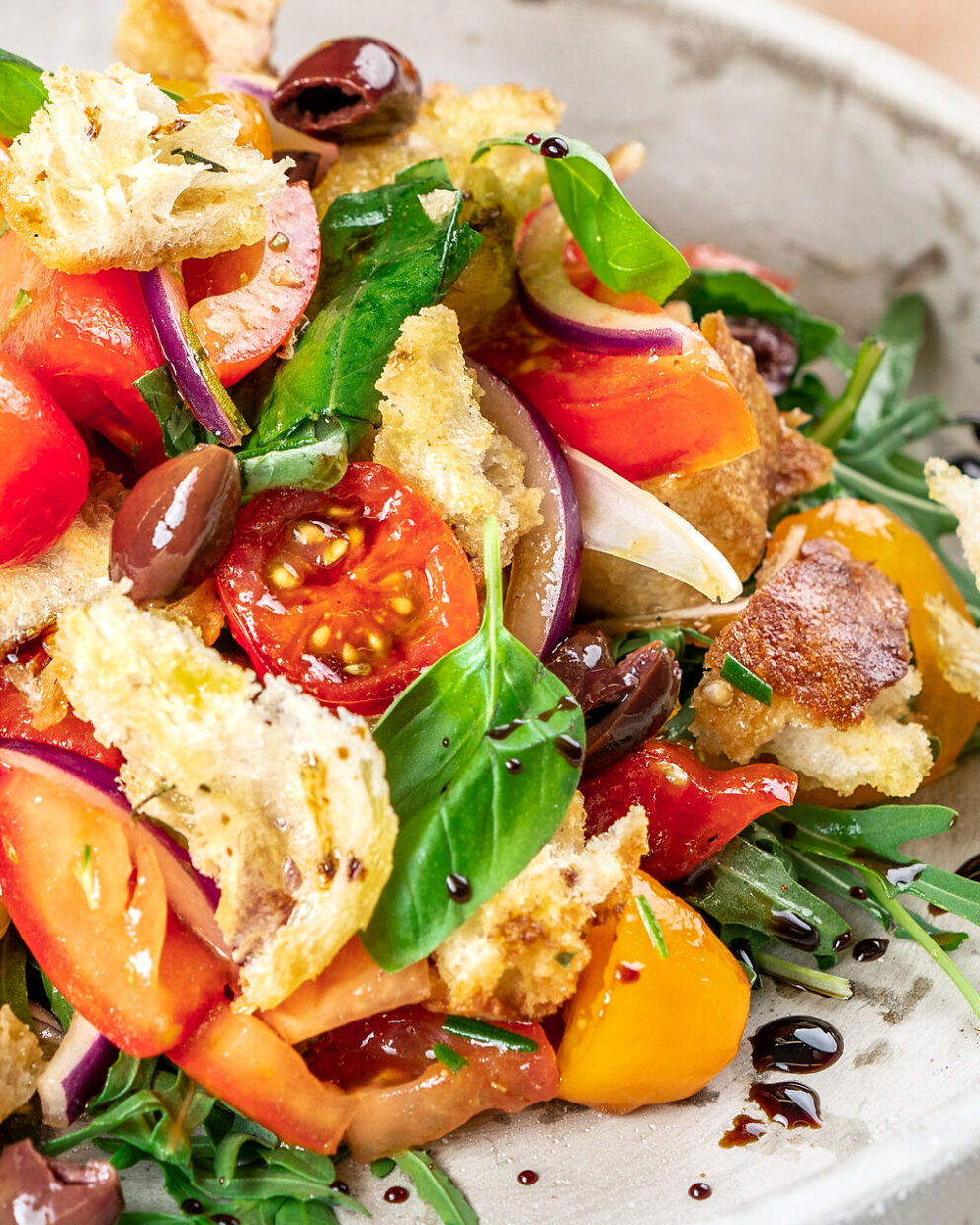
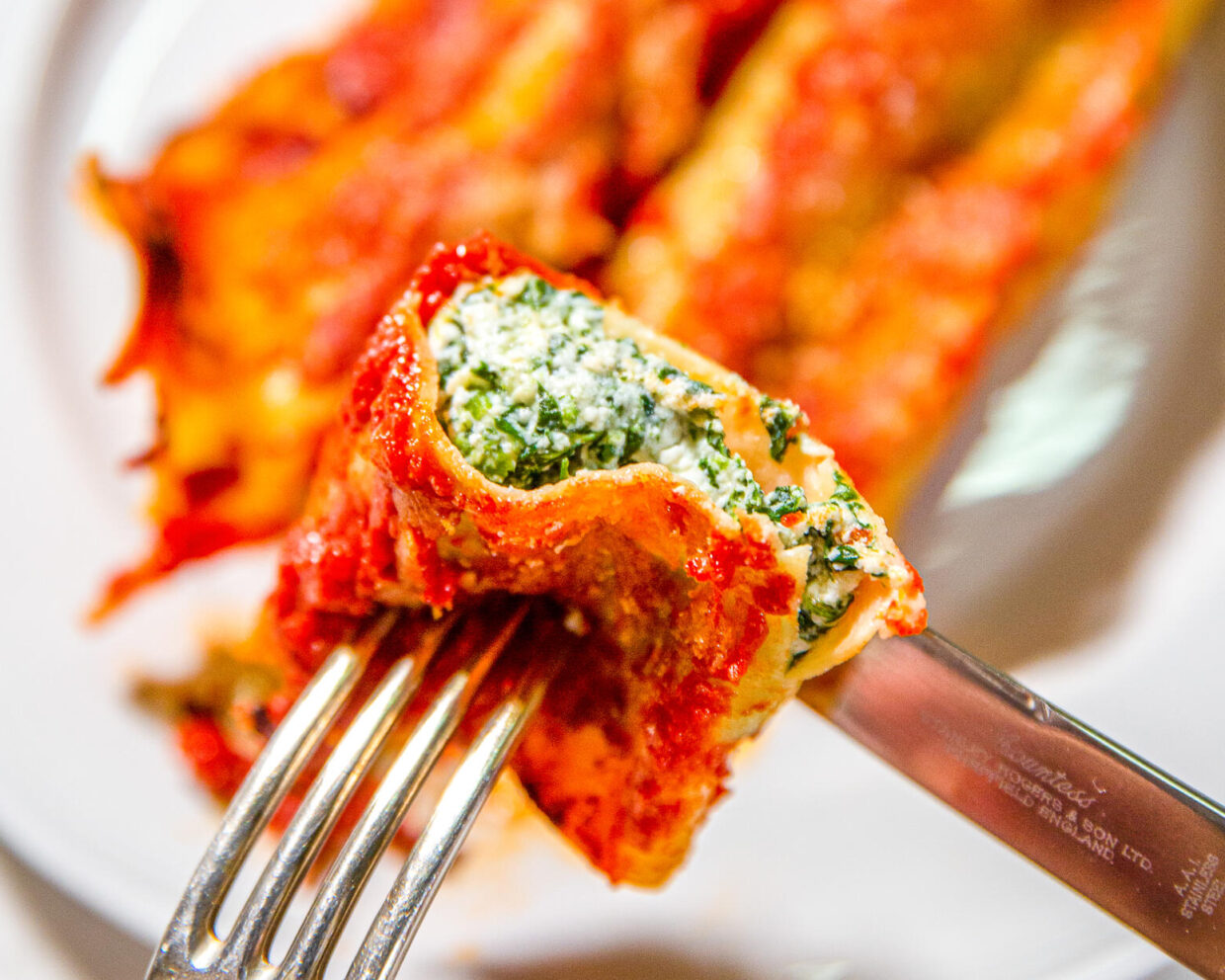
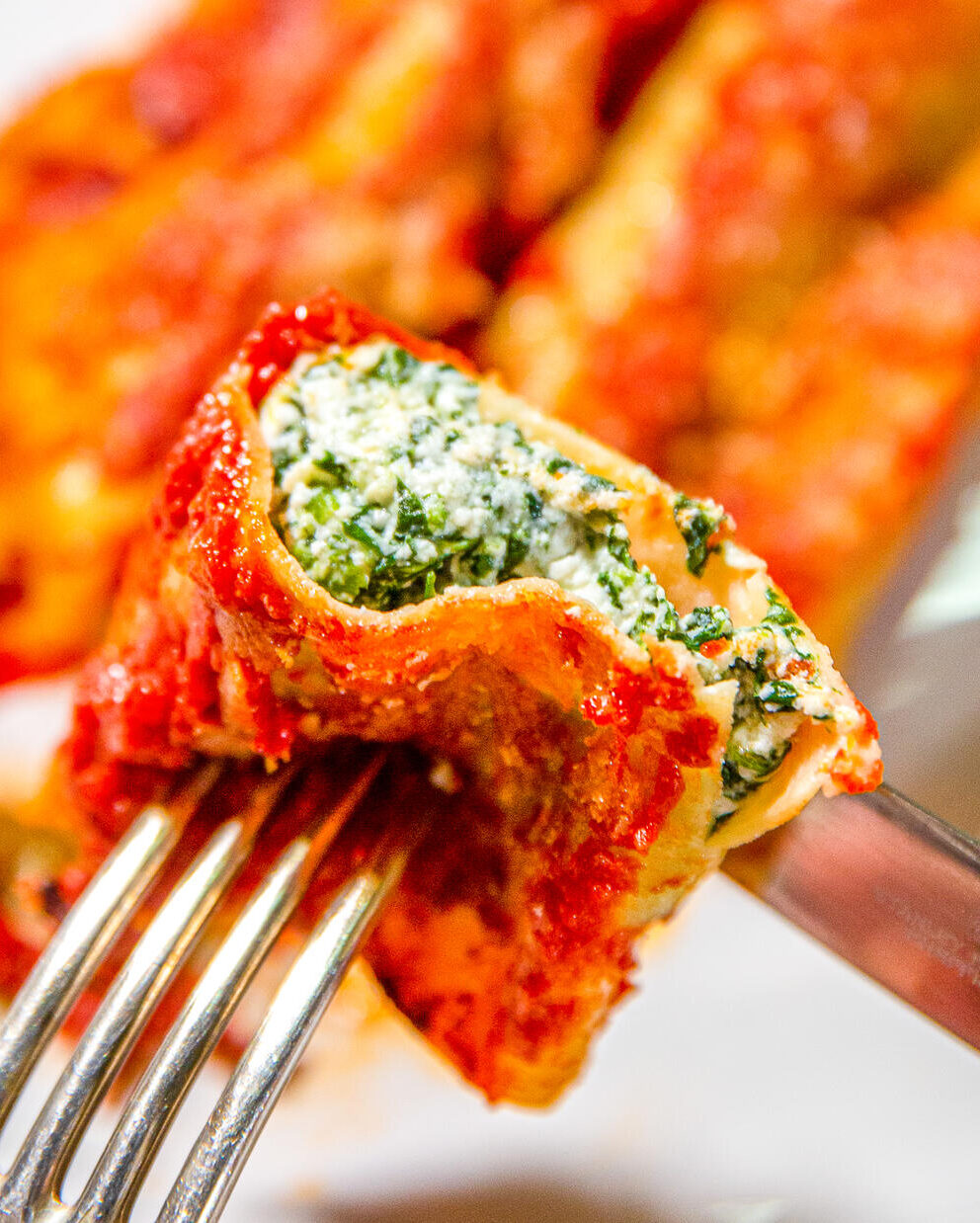
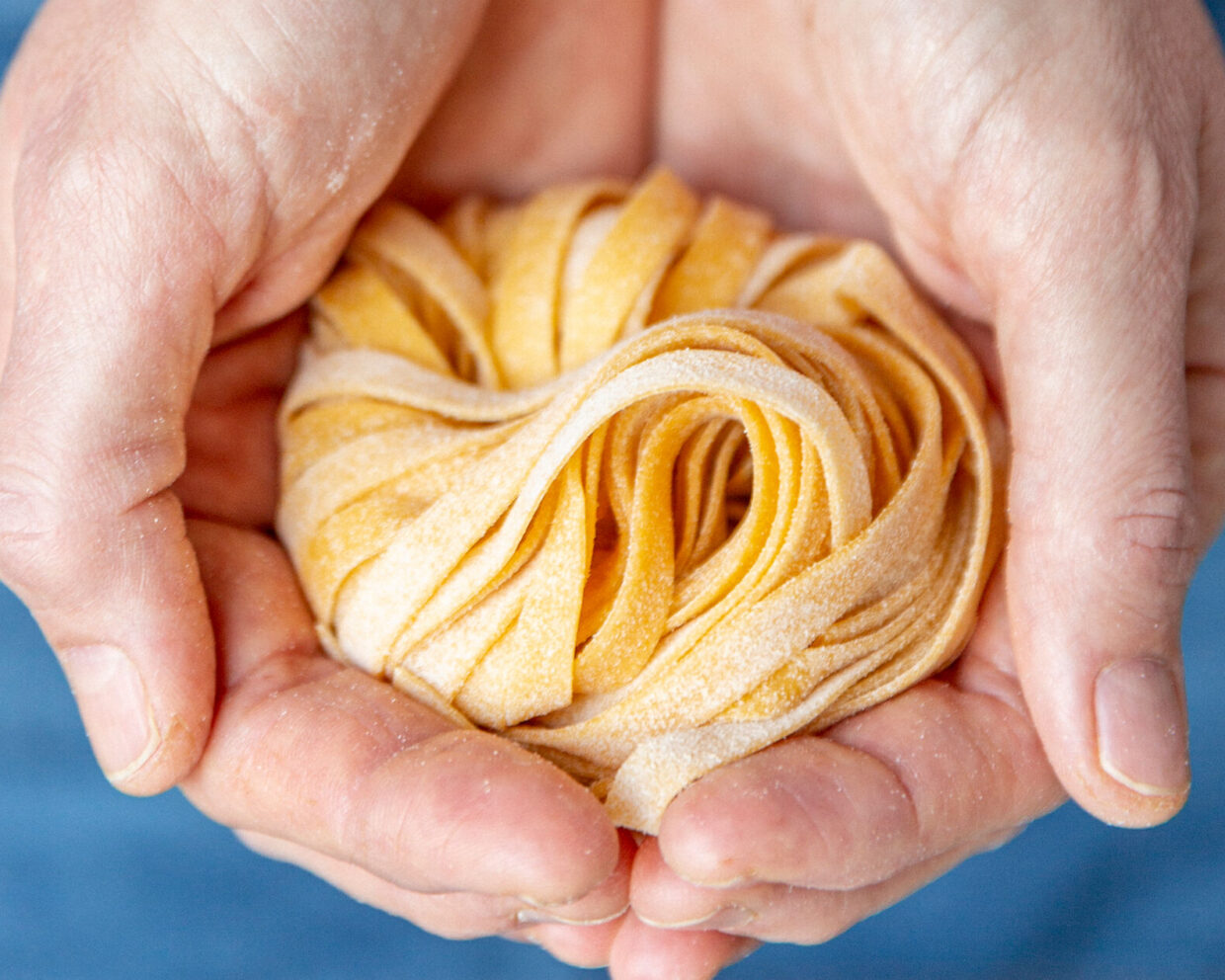
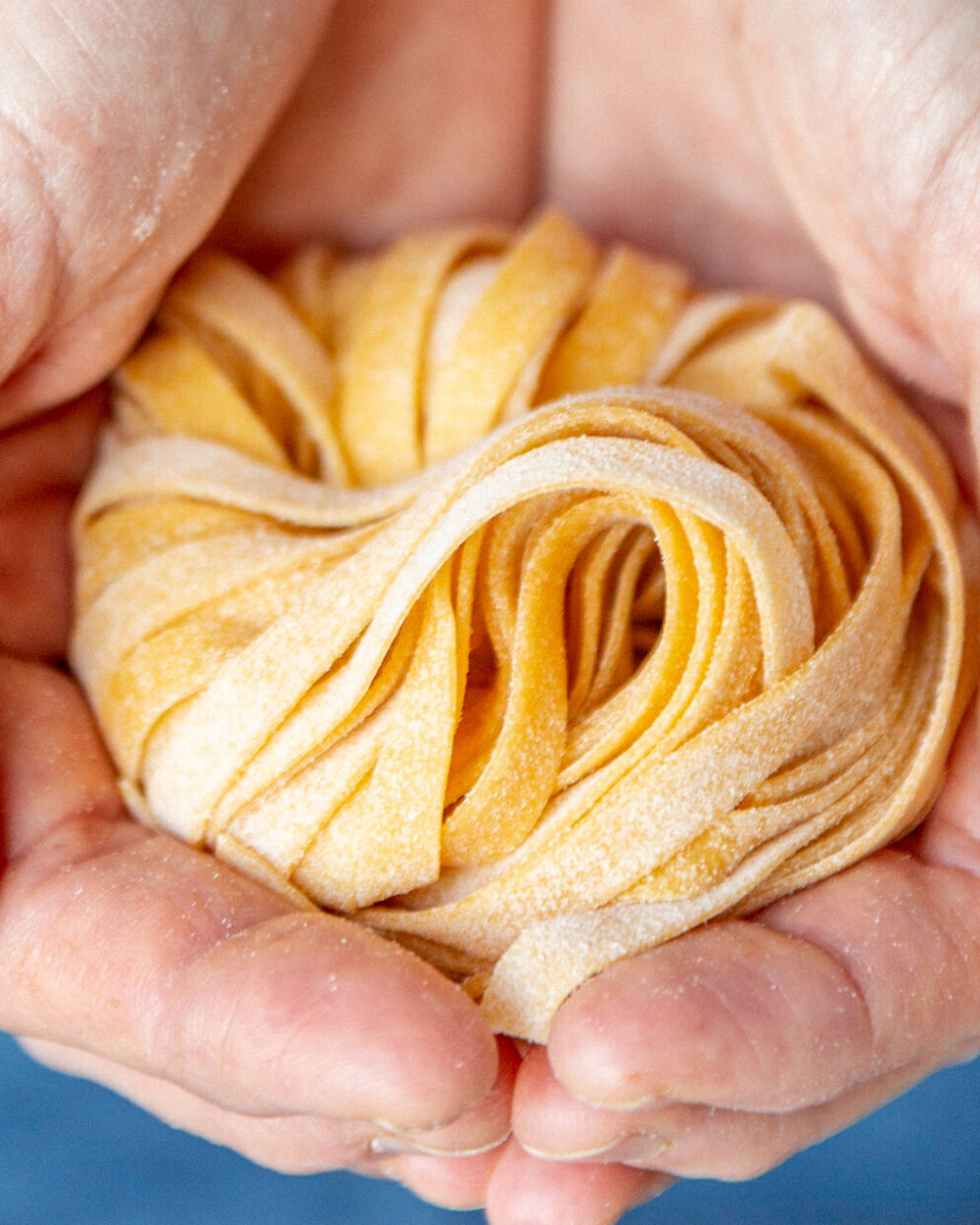
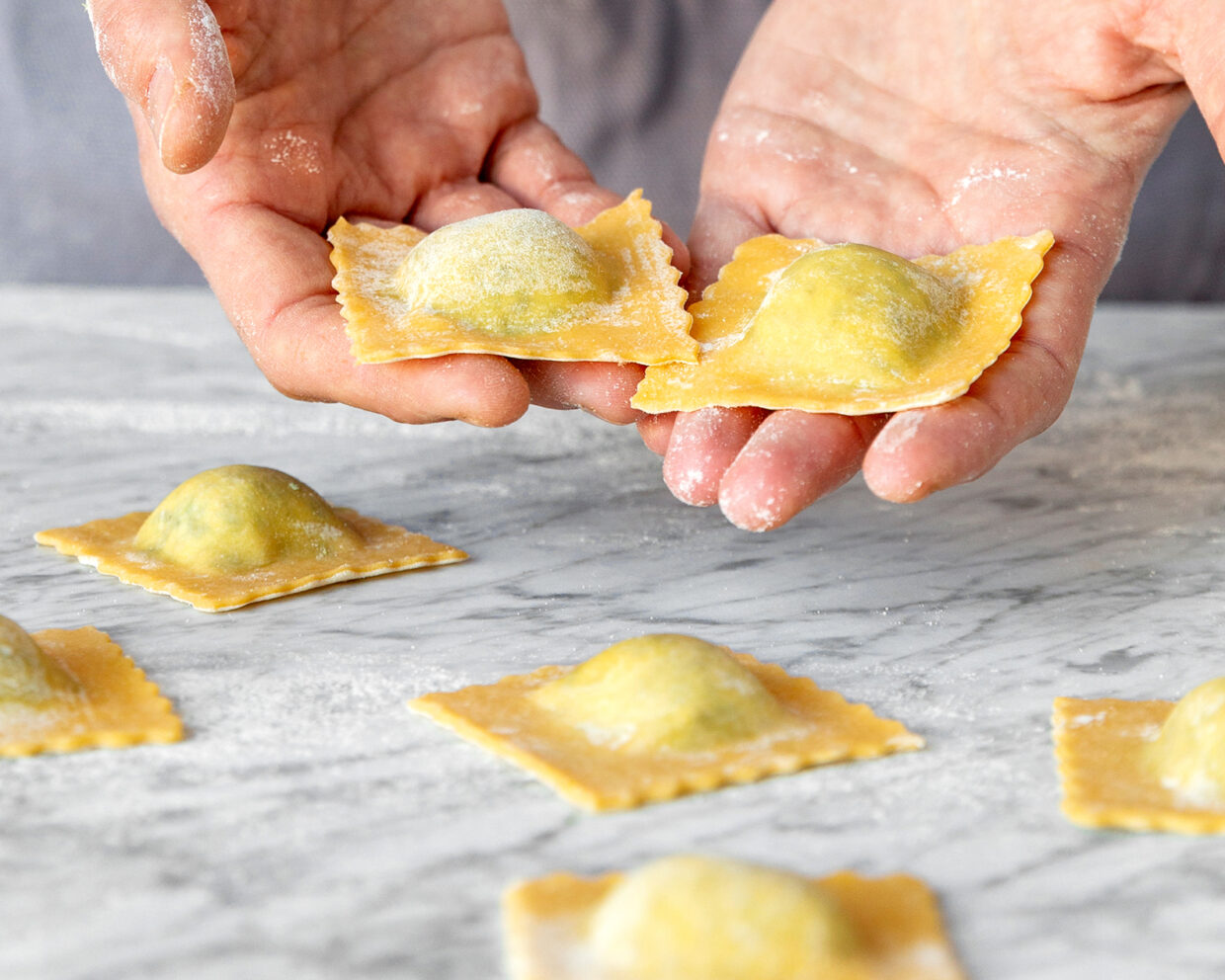
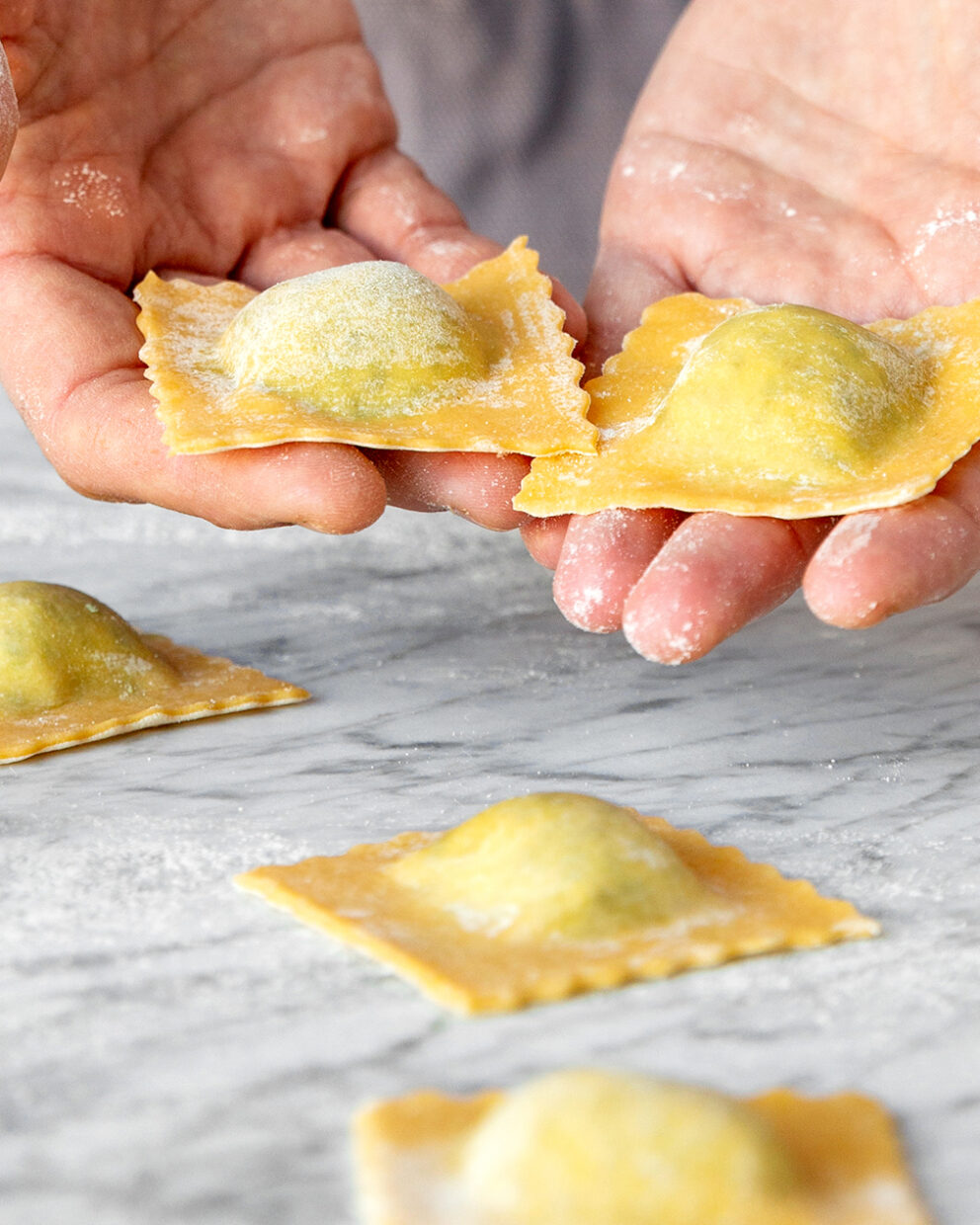

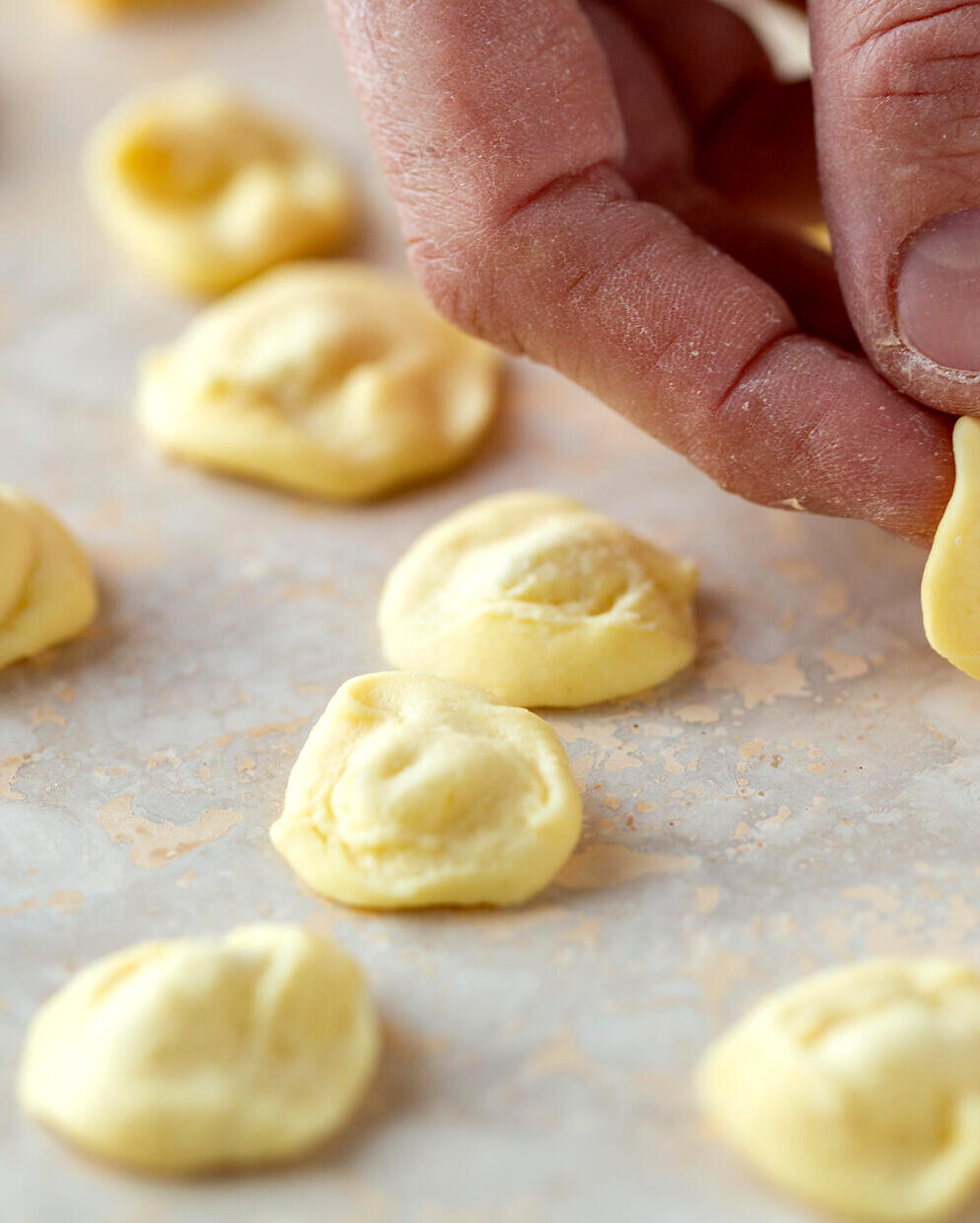
Want to share your thoughts? We're excited to hear what you think of the article. Tell us about your ideas, tips or questions! Leave a comment and share your knowledge with the community. Your opinion counts.
Write a comment